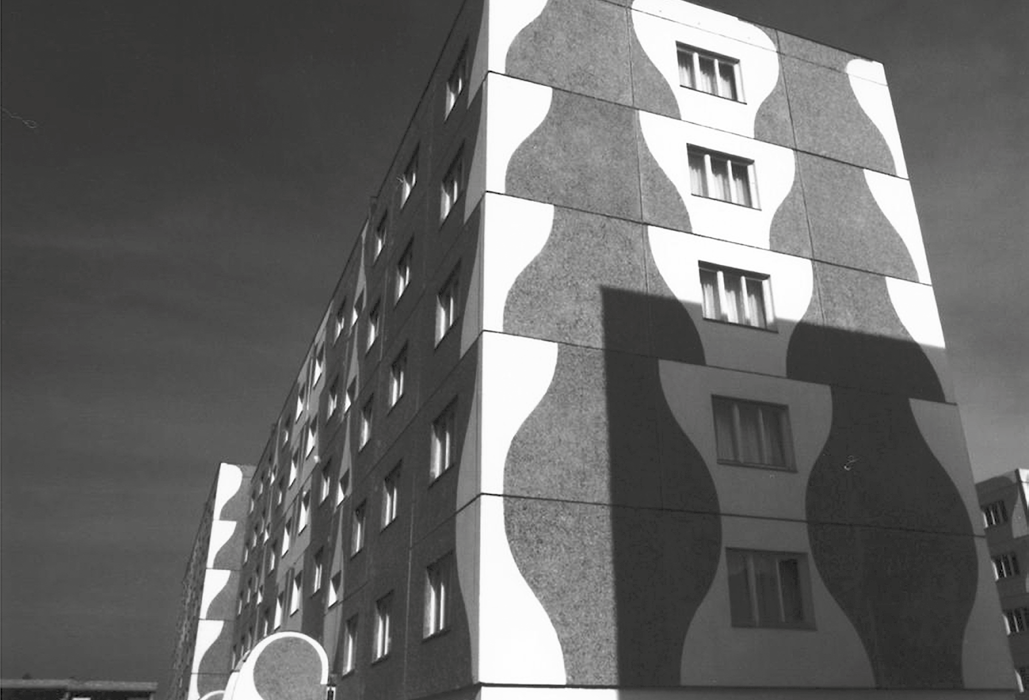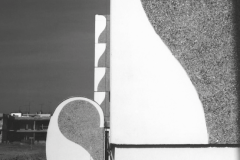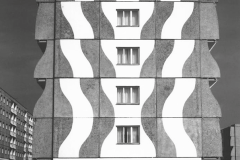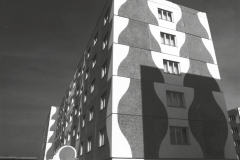The Tulip Debate as Reflected in Máté Major’s Legacy
Text: Dániel Kovács
Photos: Csete Foundation
The Museum Department of the Hungarian Museum of Architecture and Documentation Centre for Monument Protection preserves the legacy of architect and theoretician Máté Major (1904‒1986) under accession number 2009/994. Born in Baja, Máté Major graduated in 1927 and started his career as a practising architect between the two world wars to become a leading theoretician after 1945. As a committed leftist, he became actively involved in public affairs and, thanks largely to his political nexus, he evolved into an increasingly important participant in Hungarian architecture and public life. Between 1955 and 1964, he was active as the president of the Association of Hungarian Architects, then as editor-in-chief of the periodical titled Hungarian Architecture, and soon became the leading architectural spokesman of the Kádár era. On September 27, 1975, Máté Major’s editorial titled Large Panel and Tulip appeared in Élet és Irodalom, („Life and Literature”) which was the most influential cultural newspaper of the era.
The article focuses on the housing estate built for the workers of the Paks-based nuclear power plant, and it is the work of the Youth Office of the Pécs Design Company, founded five years earlier, in 1970, more precisely by György Csete and his team. The message encoded in the writing is fairly obvious: the experiment of the people living in Pécs is not the “right way”. The article gave rise to the emblematic architectural discourse of the era, the so-called “Tulip controversy”. In the next issue, the poet László Nagy defended the criticised dwellers of Pécs city and their work, pointing out a fundamental error in Major’s article. The editors cleverly exploited the hype, and the series of debates continued in a total of 18 articles.



